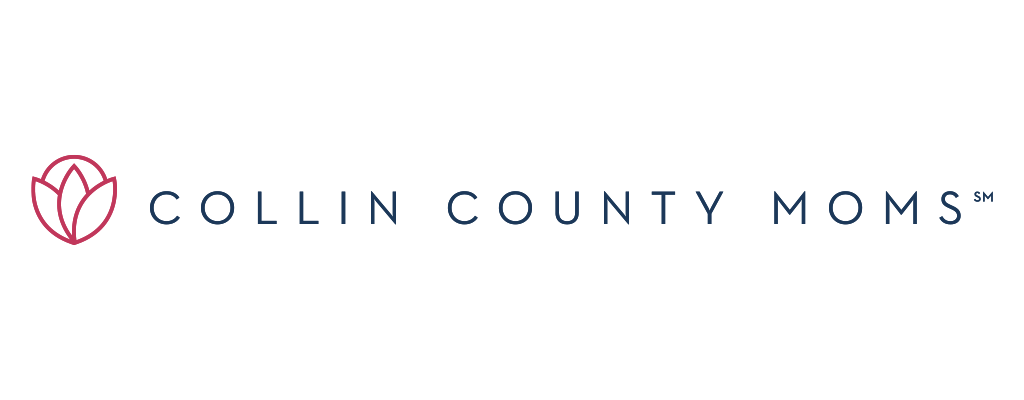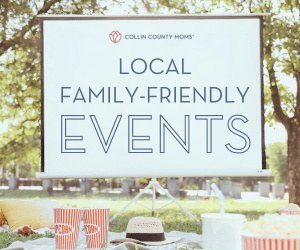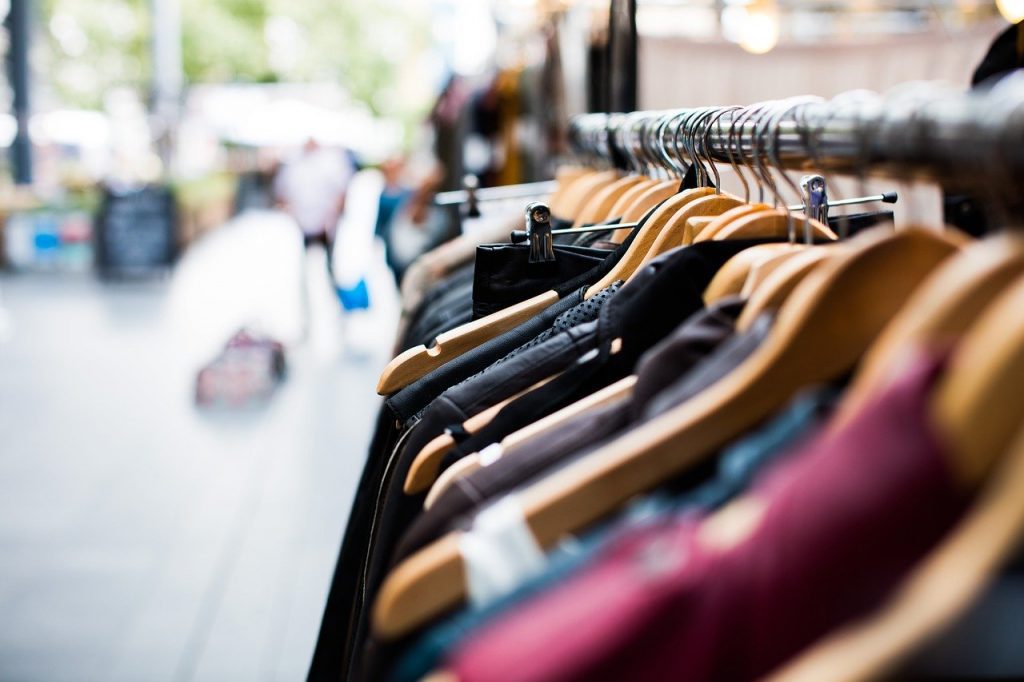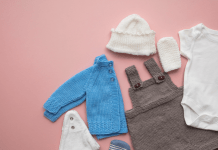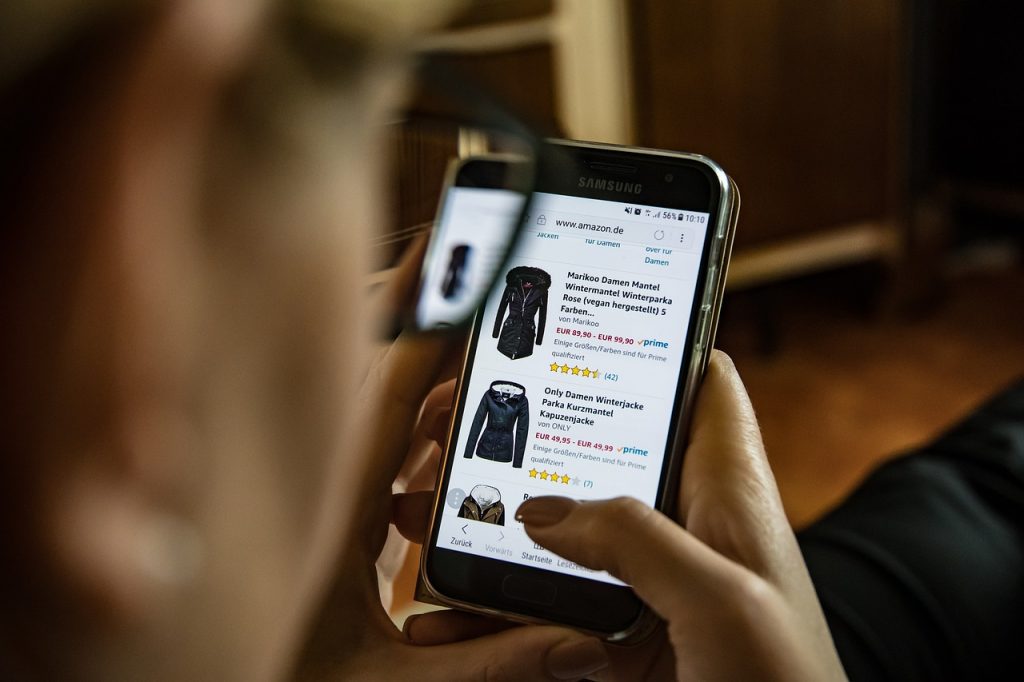
I don’t know about you, but I get overwhelmed easily. I sometimes feel like we have learned so much about the food we eat, the products we put on our skin, and the production of the cheap clothes we wear that I literally can’t win.
Take coffee, for example. One minute, it causes cancer and the next it’s the cure. We’re told not to put any chemicals on our face one minute, and the next, we’re listening to an influencer shouting the benefits of Retinol. We need to recycle and up-cycle just about everything; we can’t support “fast fashion;” I should be worried about my carbon footprint; and, oh yeah, Dave Ramsey also told me not to spend money I don’t have.
Some days, it’s just all TOO MUCH.
I don’t have the answers to all of these issues, but I want to help take some of the burden off with regards to one: fashion. And let me preface this whole conversation by saying that this is not an all or nothing practice. You don’t have to overhaul your entire spending practices in one day. It’s just about baby steps.
And have no fear, ladies…I’m NOT going to tell you to boycott Target. Not entirely, at least.
WHAT IS SOCIALLY CONSCIOUS FASHION?
So, let’s start with the basics: What does “socially conscious fashion” even mean? Some call it ethical fashion, eco-fashion, or sustainable fashion, but the basic principle here is the same. These are companies that are part of a growing movement to be more ecologically friendly and more conscious of both manufacturing processes and the rights of the workers they employ.
In other words, it’s what we incorrectly assume (or at least hope) all fashion companies are already doing.
I won’t go into all the details here, because honestly, it’s pretty depressing to learn what “fast fashion” has done to the world around us, but I’d encourage you to look into it if you aren’t already aware. The dehumanization of workers and the incredibly dangerous work conditions they endure everyday to satisfy our need for “cheap” and “trendy” pieces is pretty hard to swallow. (If you need a place to start, check out The True Cost on Netflix.)
But here’s what I’ve learned working for a fair trade fashion brand the last four years: We can do small things to create big change.
SHOP SECONDHAND CLOTHING
I started buying secondhand pieces when I was expecting my daughter because I’d learned with my son that babies, especially, don’t need perfect clothing. Between the spit-up, the markers, the toothpaste, and the mystery green stuff I found on his clothes, there was no need for the pristine white play clothes.
And while I loved what this shift did for our budget, what I learned later was the good I was doing for the planet at the same time. By extending the life of the product, you’re helping the environment and reducing the demand for more.
Today, there are so many great ways to shop this way. Websites like ThredUP and Poshmark make it easy to grab something for yourself, and local consignment events are happening all over Collin County this spring for all your kids’ needs.
CHANGE YOUR SPENDING STRATEGY
Here’s the thing, people complain all the time about how “expensive” the fair trade or sustainable companies are compared to the Targets and Amazons of the world. And it’s true, because they’re paying their workers fairly and using safer materials in their pieces.
But what I’ve learned is that I actually end up spending the same amount of money overall when I purchase more intentionally because I’m buying fewer products with much longer lifespans. For example, I could purchase a Patagonia jacket for $100 and wear it for three years OR I could buy a new $35 Time and Tru from Walmart every year for those three years. Overall, I’m still spending $100, but I’m damaging the environment less and supporting sustainability at the same time.
It’s simply a shift away from the short game and considering the long-term implications of your purchases.
SUPPORT B-CORPS
There are so many different designations sustainable companies can get today, but the B-Corp is my personal favorite. Certified B-Corp companies are, in a nutshell, transparent companies that want to drive business for good. They have to take into account their impact on the environment, their workers, the customers and more, and it’s an incredibly rigorous process to get accredited.
GET EDUCATED
You made it this far in this piece which tells me you’re interested in learning more. The best thing, I believe, we can do for our world is to ask some hard questions. The more we show retailers that we care about their supply chain and the materials in our clothing, the more they’ll begin to make the shift. Companies like H&M and Target are moving that way, slowly, with the addition of things like their H&M Conscious line and Target’s fair trade denim.
But there’s still a long way to go. So ask the hard questions of the places you shop. And if they’re not willing to tell you where and how their clothing is made….you might want to think twice.
SHOP SOME LOCAL & ONLINE FAVORITES
I can’t wrap this piece up without giving you some of my local favorites and a few links to some online ethical brands that you’ll actually want to wear. Locals, be sure and check out Fair and Square Imports in downtown McKinney for gifts, jewelry, and more the next time you’re shopping the Square.
I always like to check out Athleta, a certified B-Corp, when I’m looking for bathing suits or workout clothes. I’ve also recently been introduced to Wolven, a sustainable yoga and athleisure brand that utilizes recycled plastics to create their gorgeous fabrics. For my kids, if I’m not shopping secondhand or utilizing hand-me-downs, I’m a big fan of Tea Collection, Pact, and Mini Boden.
We’re all very quick to ask why things are so expensive, but I wonder if we’re really asking the wrong thing. Maybe, we should instead be asking, “Why is it so cheap?” Someone somewhere is paying the price to get you those next-to-nothing leggings and that almost-free t-shirt. And maybe, we need to take a step that says that their life matters, too.
